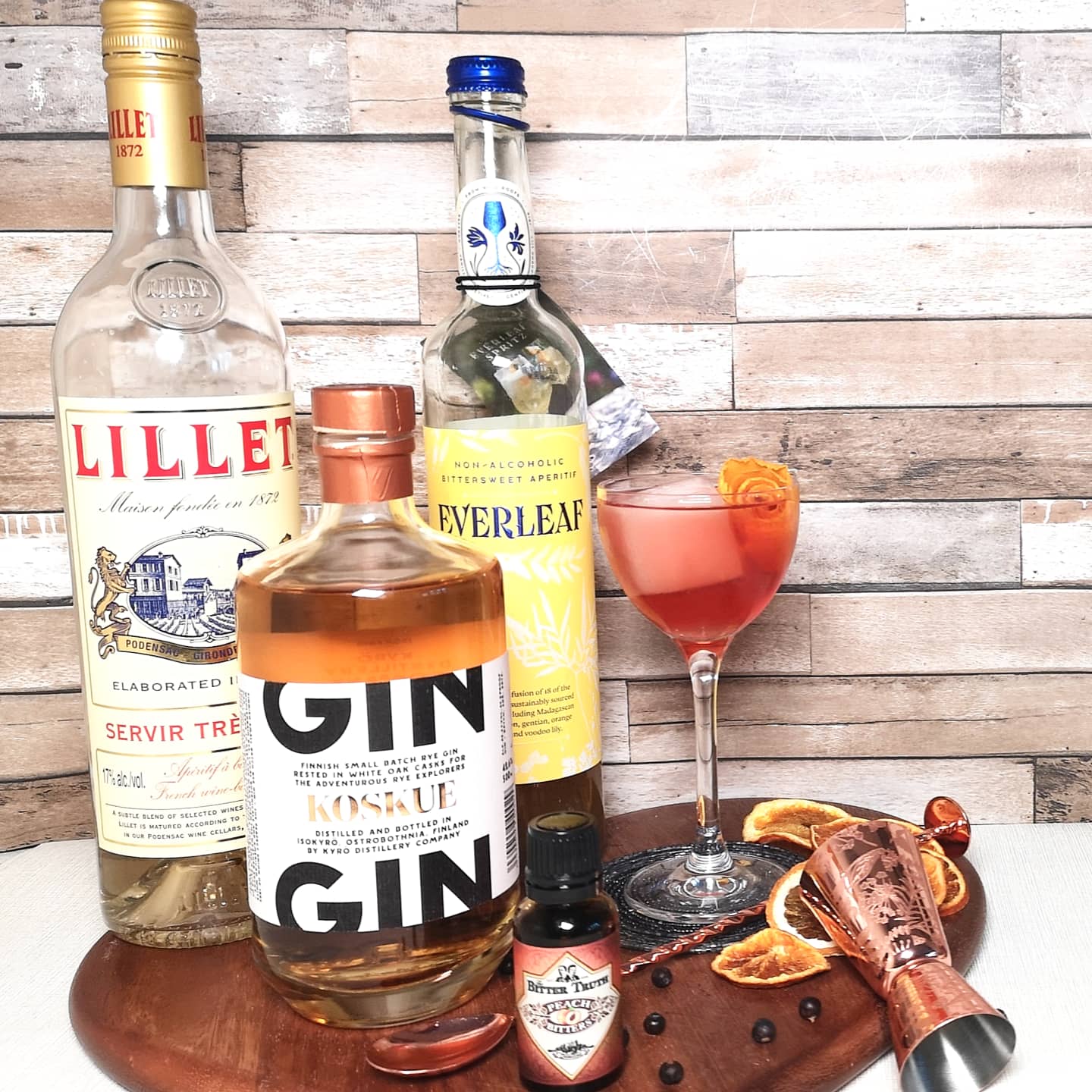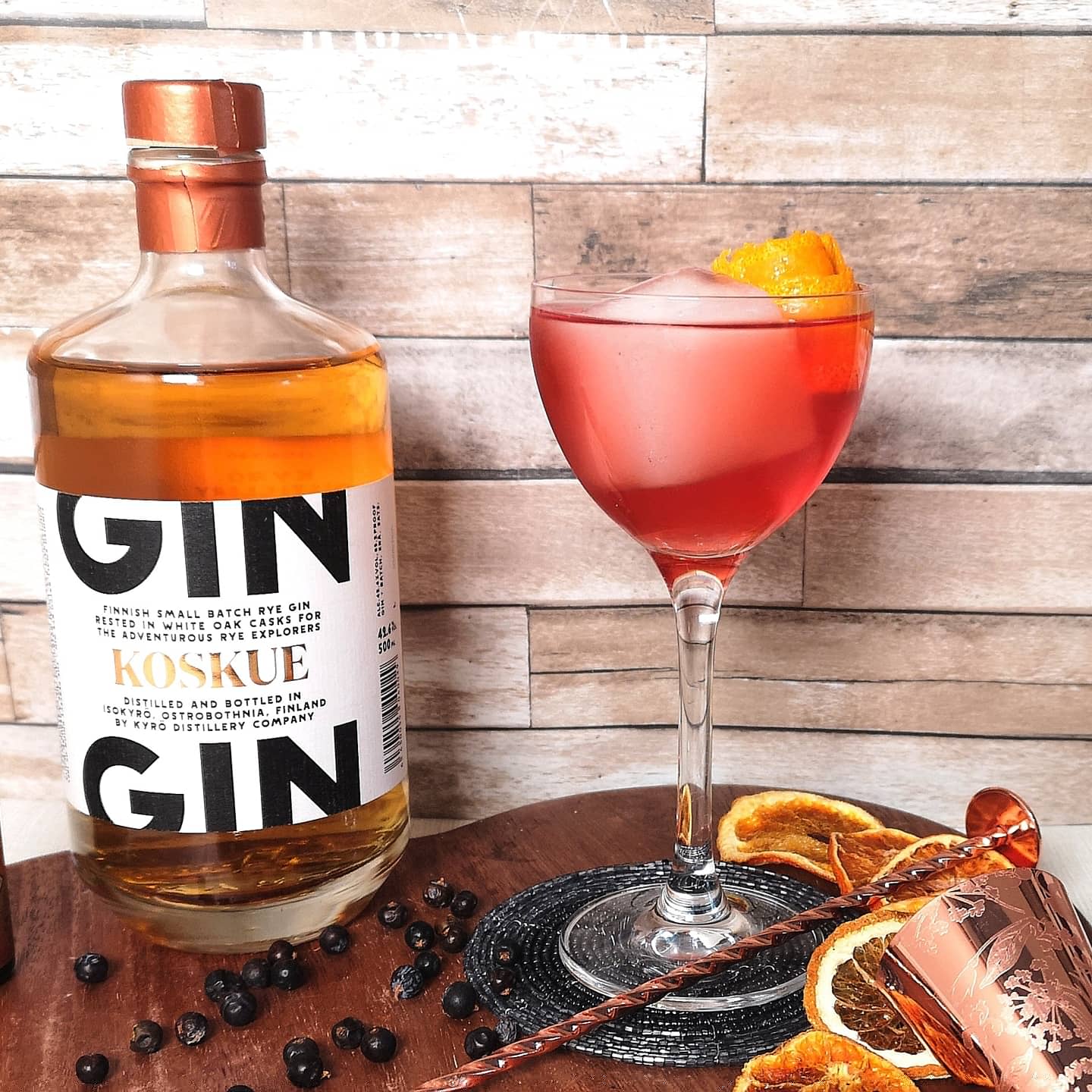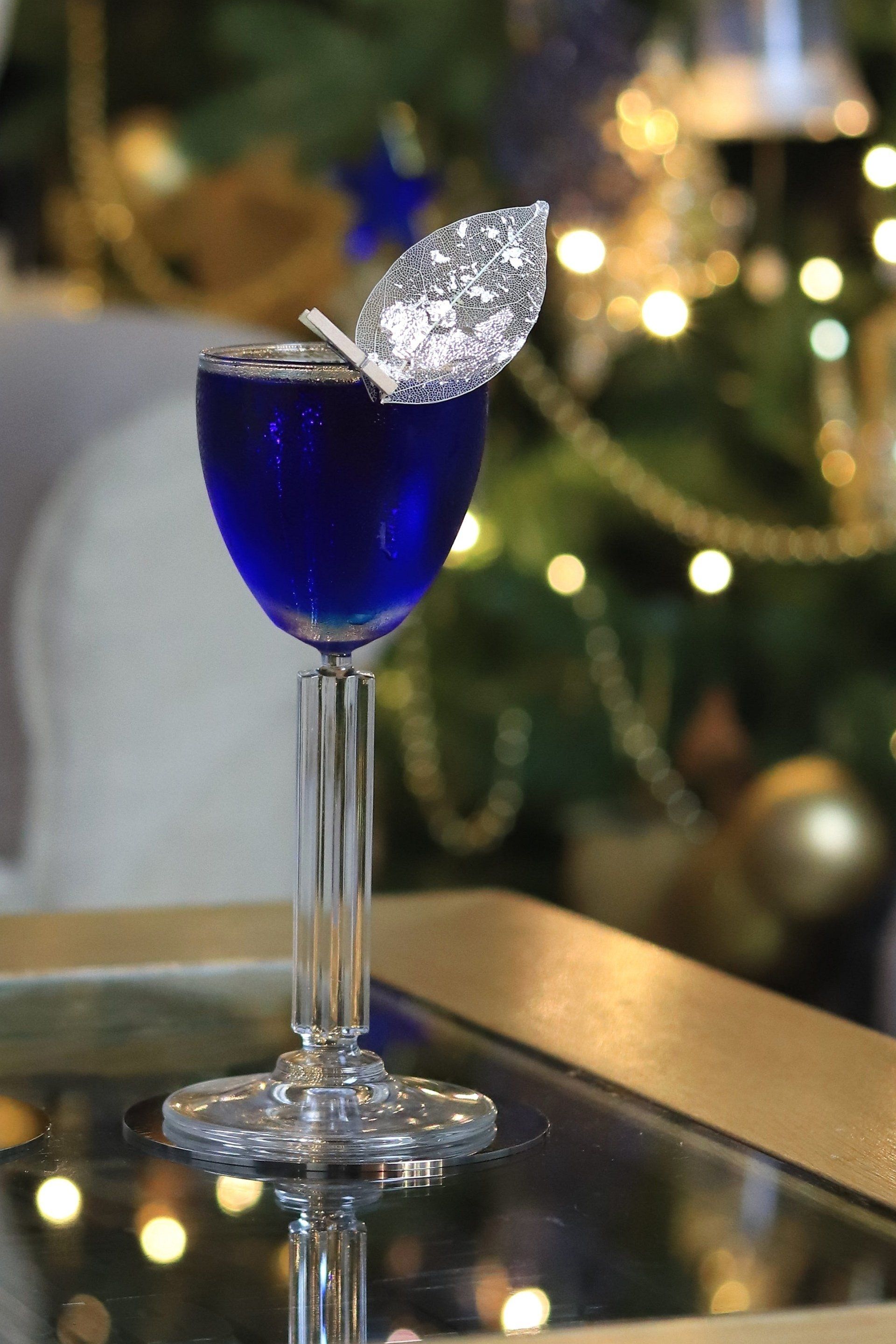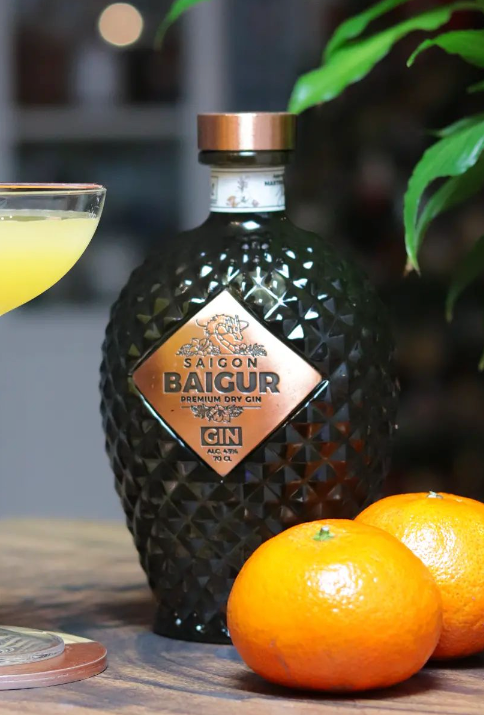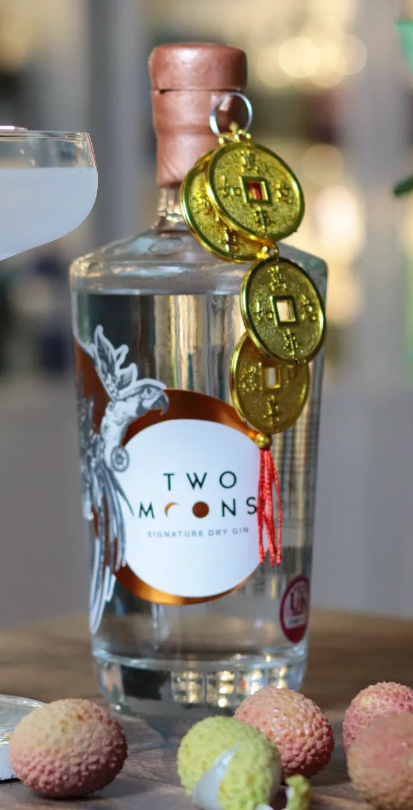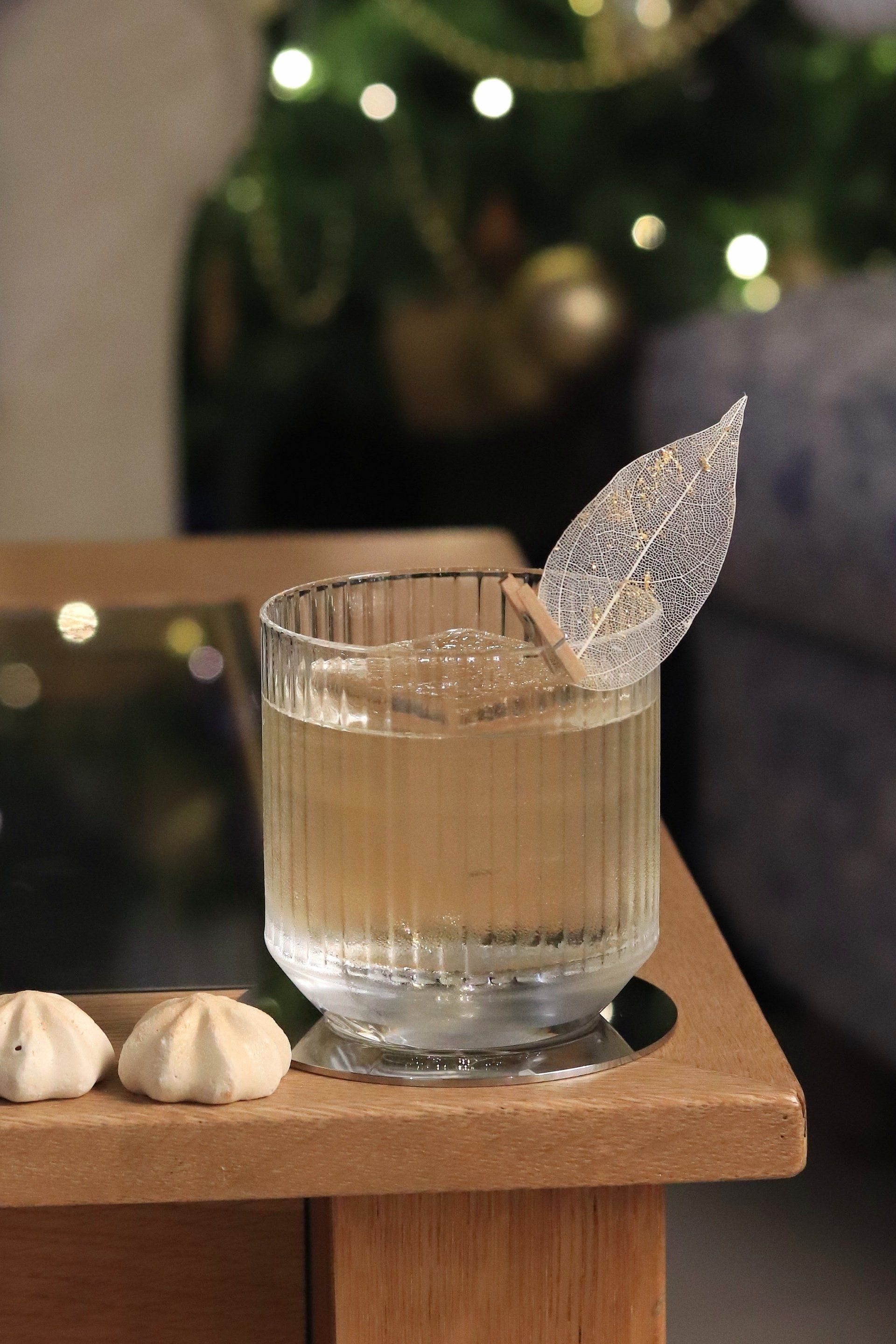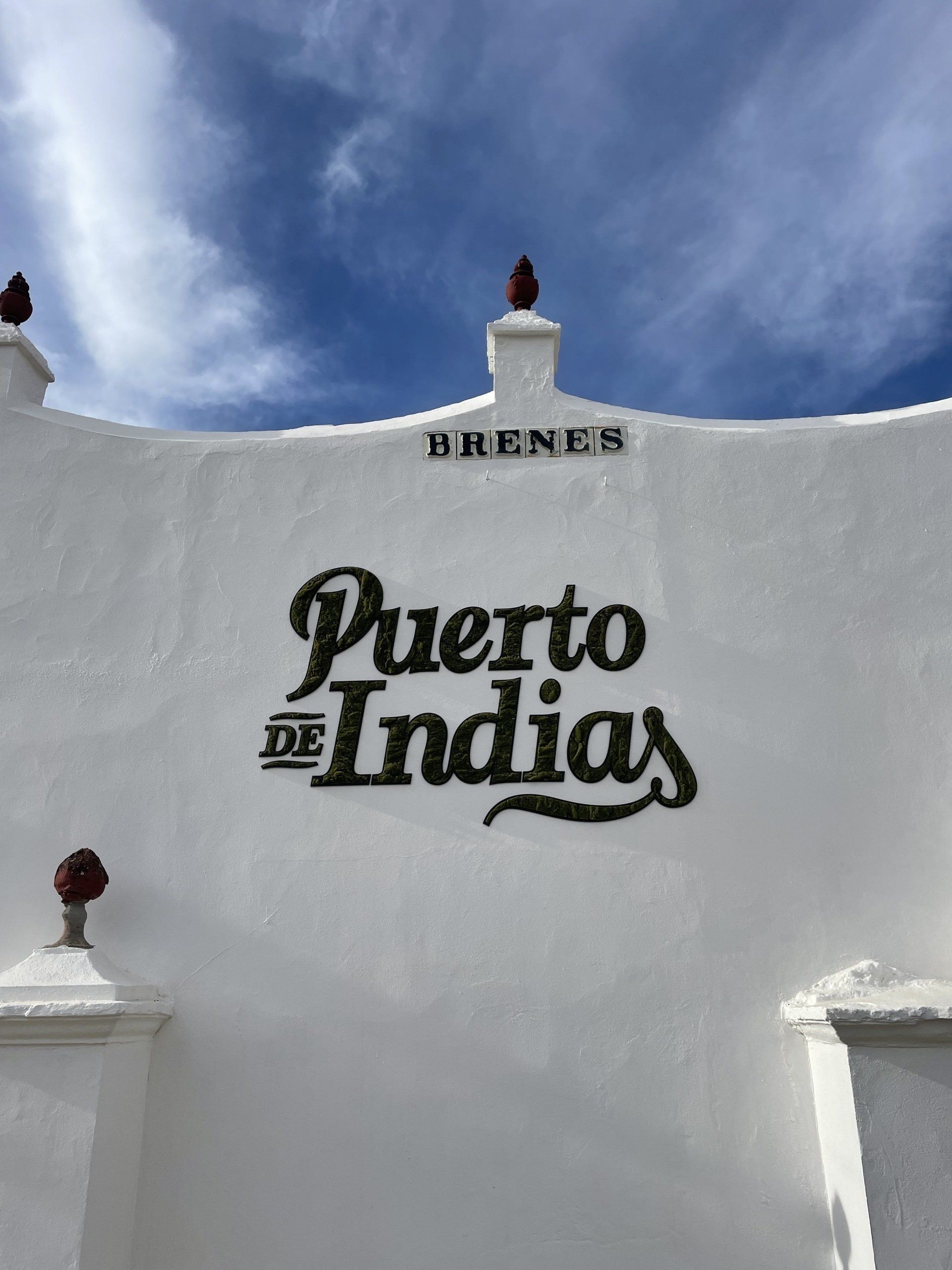BARREL AGED GIN No. 2
Koskue (now rebranded as Kyrö Dark Gin)
Kyrö Distillery - Finland - 42.6%
Koskue (now rebranded as Kyrö Dark Gin)
Kyrö Distillery - Finland - 42.6%
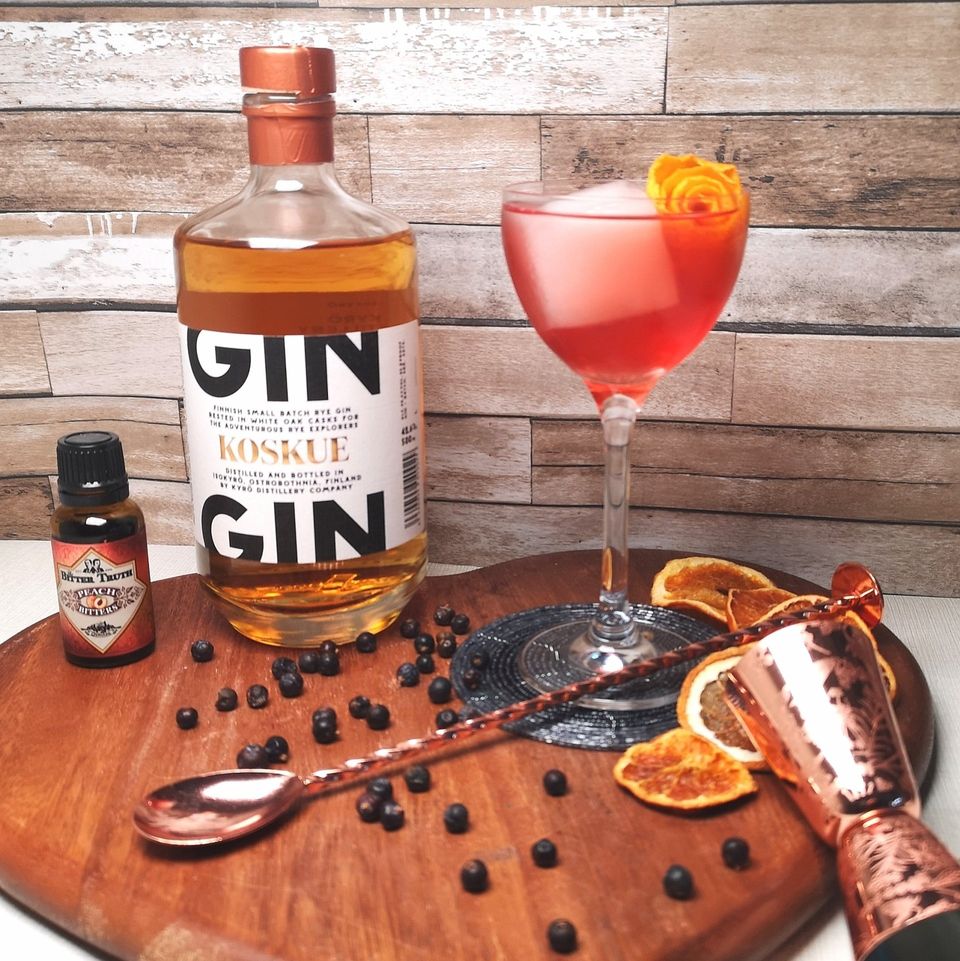
BARREL AGED GIN
No. 2 - Koskue (now rebranded as Kyrö Dark Gin) - Kyrö Distillery - Finland - 42.6%
I've written about Kyrö Distillery recently in my post about their Boutique-y Gin collaboration, Bog Gin, so I won't go into much detail again about their distillery, but for those who are unaware, they use rye as their spirits base and their dark gin has been rested in white oak casks for 3-12 months and has an orange peel and black pepper distillate added to the final blend. It has 17 botanicals including birch leaves, meadowsweet, cranberry and orange peel.
For my serve I've gone a little unconventional perhaps and also low alco, but the orange immediately made me think negroni. I played about with the botanical profile as well and the result was delicious. The gin itself is sweet, spicy and really smooth with the piney juniper holding throughout.
25ml Koskue Aged Gin
25m Lillet Blanc Vermouth
25ml Everleaf Aperitif - vanilla, saffron, gential, orange blossom and voodoo lilly
A few dashes of Bitter Truth Peach Bitters
50ml Cranberry Juice
US law states that only new casks are allowed for aging whisky, whereas here in Scotland for example, they can use old barrels. But there is no law dictating what distillers must use for aging gin. Generally oak is used, but there are some distillers using purpose made juniper wood casks too. Ex-bourbon casks are the most widely used for aging gin, but cognac, whisky, port and sherry casks are also used and these will impart further qualities and layers of flavour.
Aging gin is certainly a skill and takes into consideration more factors than you initially realise. The ABV of the gin helps extract the tannins from the wood and botanical proportions may need to be adjusted as they can be lost through the aging process. The size of the barrel also affects how fast it will mature due to the surface area in contact with the spirit. The type of wood or its origin, and the amount of barrel charring can also change flavour and strength, as does climate or location of where the barrels are stored. And sometimes barrels aren't even used, as some distillers favour adding wood chips to their storage tanks, so should you be inclined to experiment, you could add a piece of charred oak to a bottle of gin and see what result you get. For further complexity and also consistency, a batch of spirit may be aged in a mix of old and new barrels or even a mixture of barrel types and then blended.
Gin also has low congeners. They are the compounds which alter the flavour and aroma of a spirit and having lower levels means that it will limit how much the flavour of the gin will change. Distillers will generally rest their gin in barrels for at least 3 weeks, but there are aged gins rested for 10 or 15 years, even longer. It's all a balance of how much you want the wood to change the flavour of the gin and at which point the key (juniper) flavours start to diminish too much for it to be recognised as gin. Most importantly, for gin lovers, we want it to retain its "ginniness" and as we can see above, there are many factors which will contribute to the end result.
Finding the perfect serve for an aged gin is also a dilemma, as does one treat it as gin or whisky? I don't think a G&T works as I personally see these as leaning more towards whisky or cognac serves, so next time I'll touch a bit more on ideal serves for aged gin.

For the past few years I've set myself a 12 Days of Christmas challenge with a gin-twist! The theme is loosely based on the song "Twelve Days of Christmas" and it's a gin-terpretation (yes, a made up word!) of the song! I have posted brands and cocktails which relate to each of the 12 gifts and last year chose to use gins that had numbers in their branding. Whilst this is a personal challenge, it's open to everyone, so if you want to join in for a few or all of the days, then please do feel free - just tag me and I'll reshare!
It's a bit early for clover but I did manage to find a few leaves poking out the ground and they were perfect to use for a post for St Patrick's Day. Other foliage or flowers work and even citrus peel, so if you aren't trying to theme your cocktails, then you can just pretty them up with something else. Sometimes condensation is enough to hold light objects onto the glass, but it wasn't working this time, so I had a trick up my sleeve!

Compiling a list of my top 10 gins is almost impossible, as what I feel like drinking will change daily depending on my mood. I enjoy gins that are different, but they may not be for everyone, so if you are looking to get into drinking gin or want to try something new, then this is a list of classic gins, which are excellent value for money and won't disappoint. All of these brands have a good range, including some flavoured gins, so there should be something for everyone in this list! Are there other brands on my shelf which are worthy of inclusion in a top 10 list? Yes of course and I may be a little biased as I've visited most of these distilleries and they all have something different to offer and make excellent spirits. However, they are all good starting points for those new to drinking gin and wanting to learn a little bit more about the history and how gin is made. Click on the links or photos to be taken to the brand websites or my reviews on Instagram .

Given this week is National Storytelling Week, I thought I would expand on my Top 10 favourite Gin Stories and share them again with you all in more detail. They are not in any particular order and although they are all good gins, it's impossible to make a list of my 10 favourite gins, as I have too many! If you want to read more of my gin stories, they are part of my Virtual Gin Tours which are either on my Instagram account or filed here on my website too for easy reading. Hope you enjoy reading them as much as I enjoyed researching and writing them all. Allison As seen in The Daily Mail


